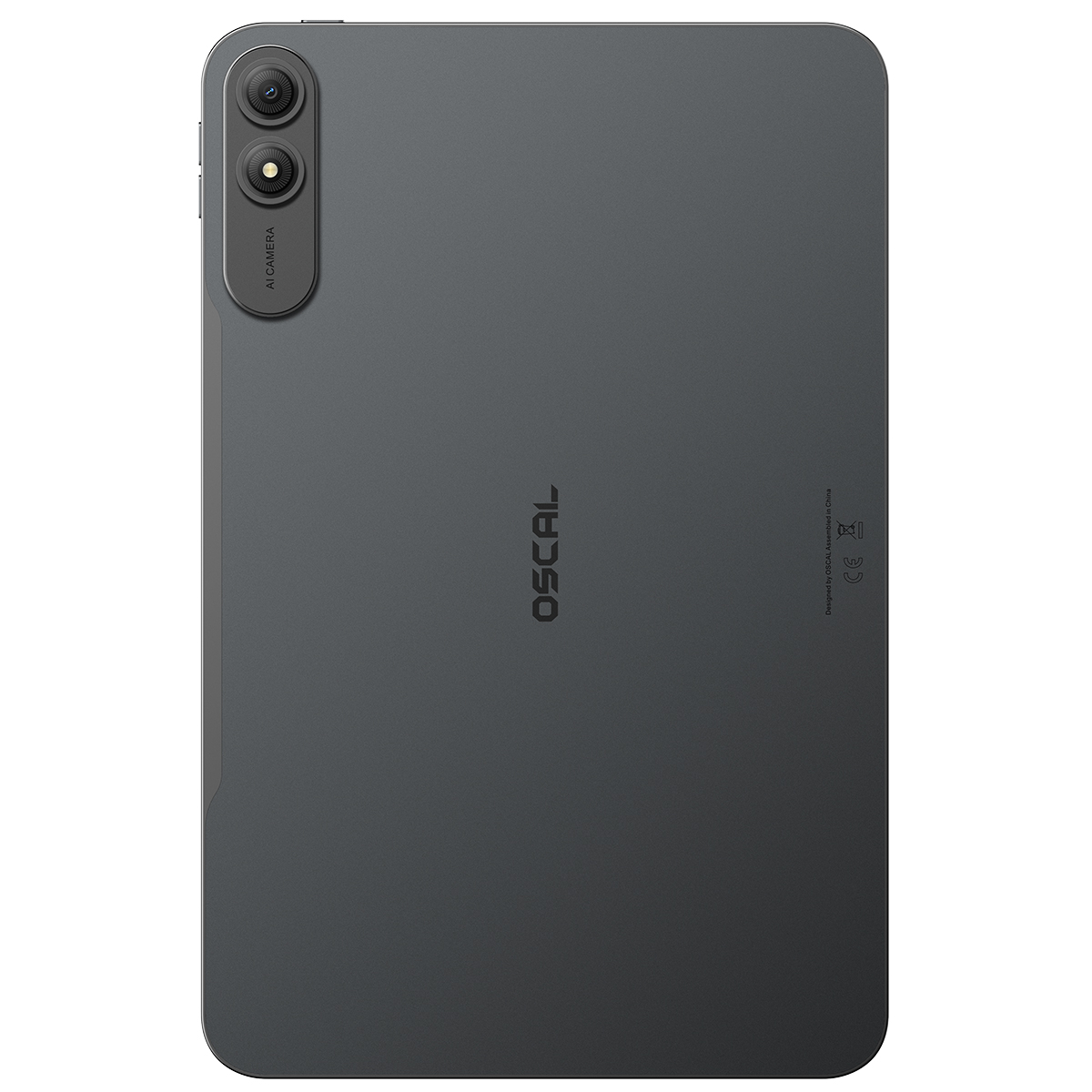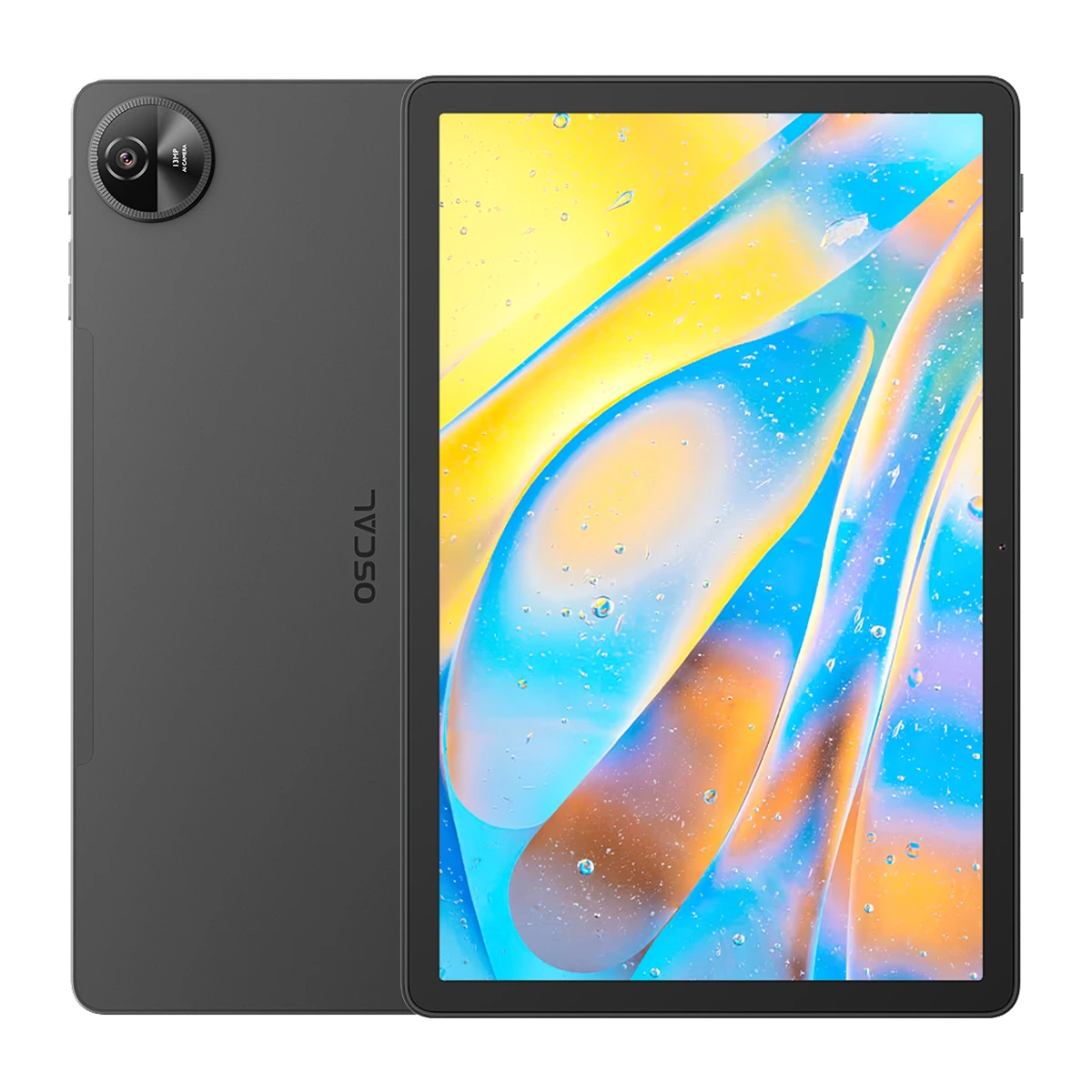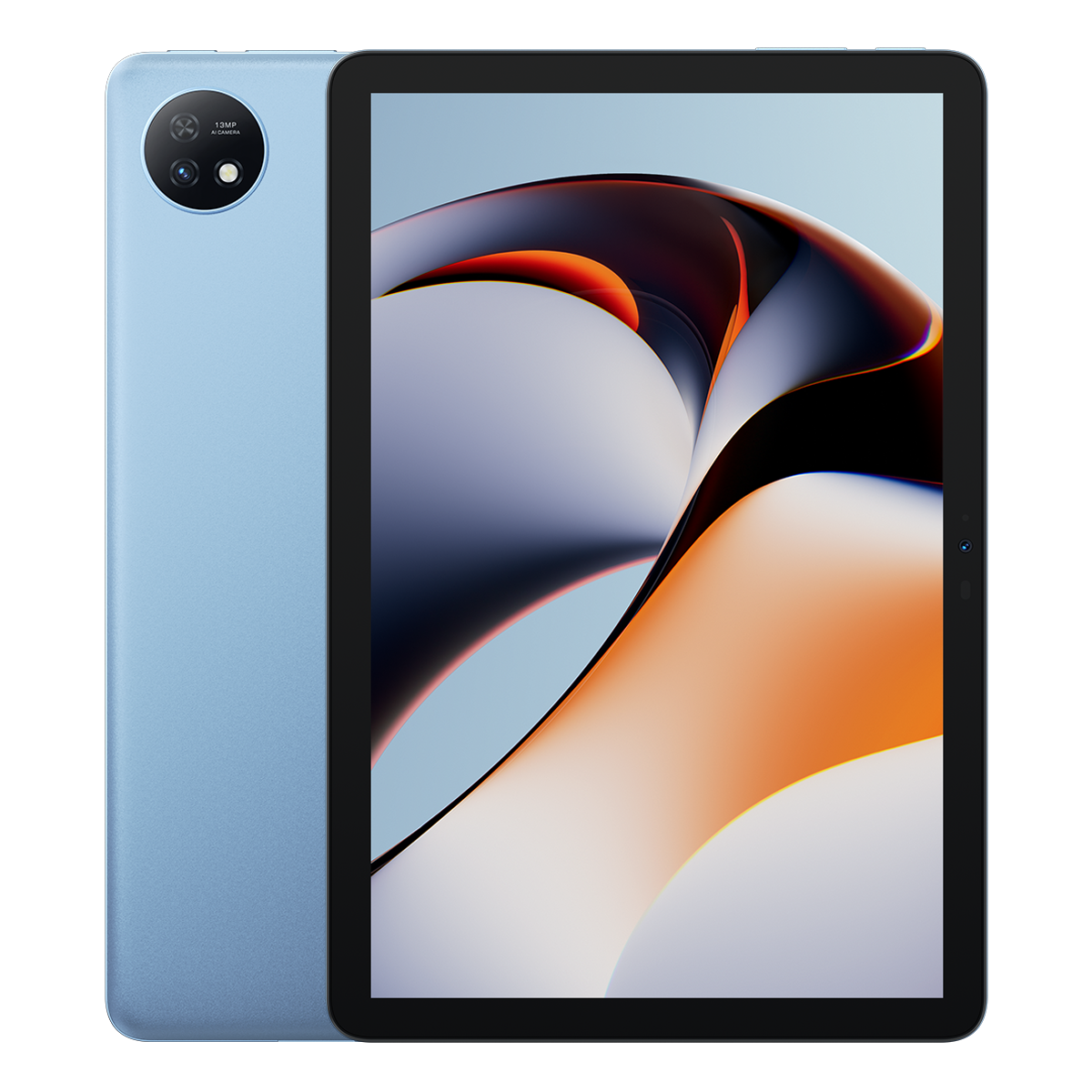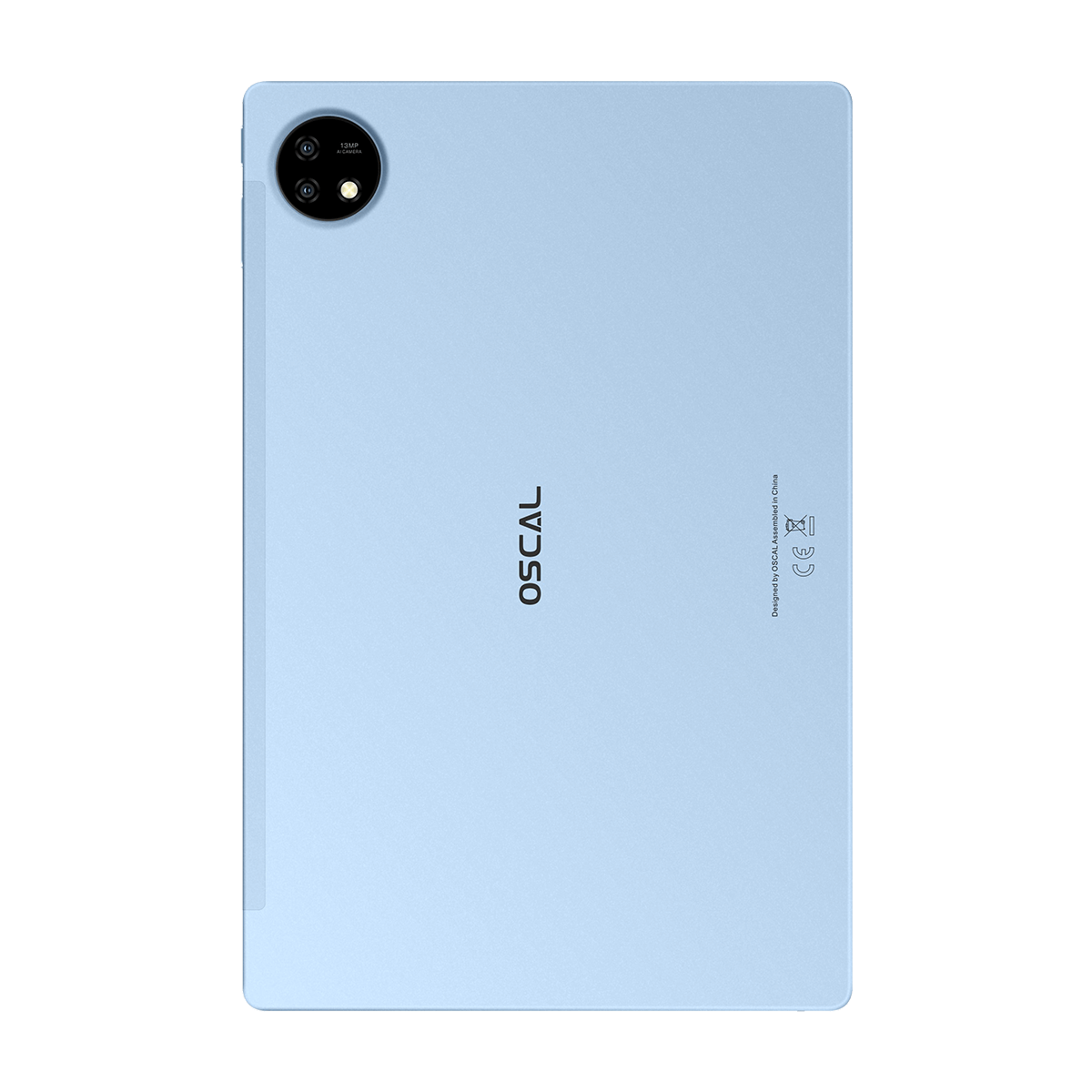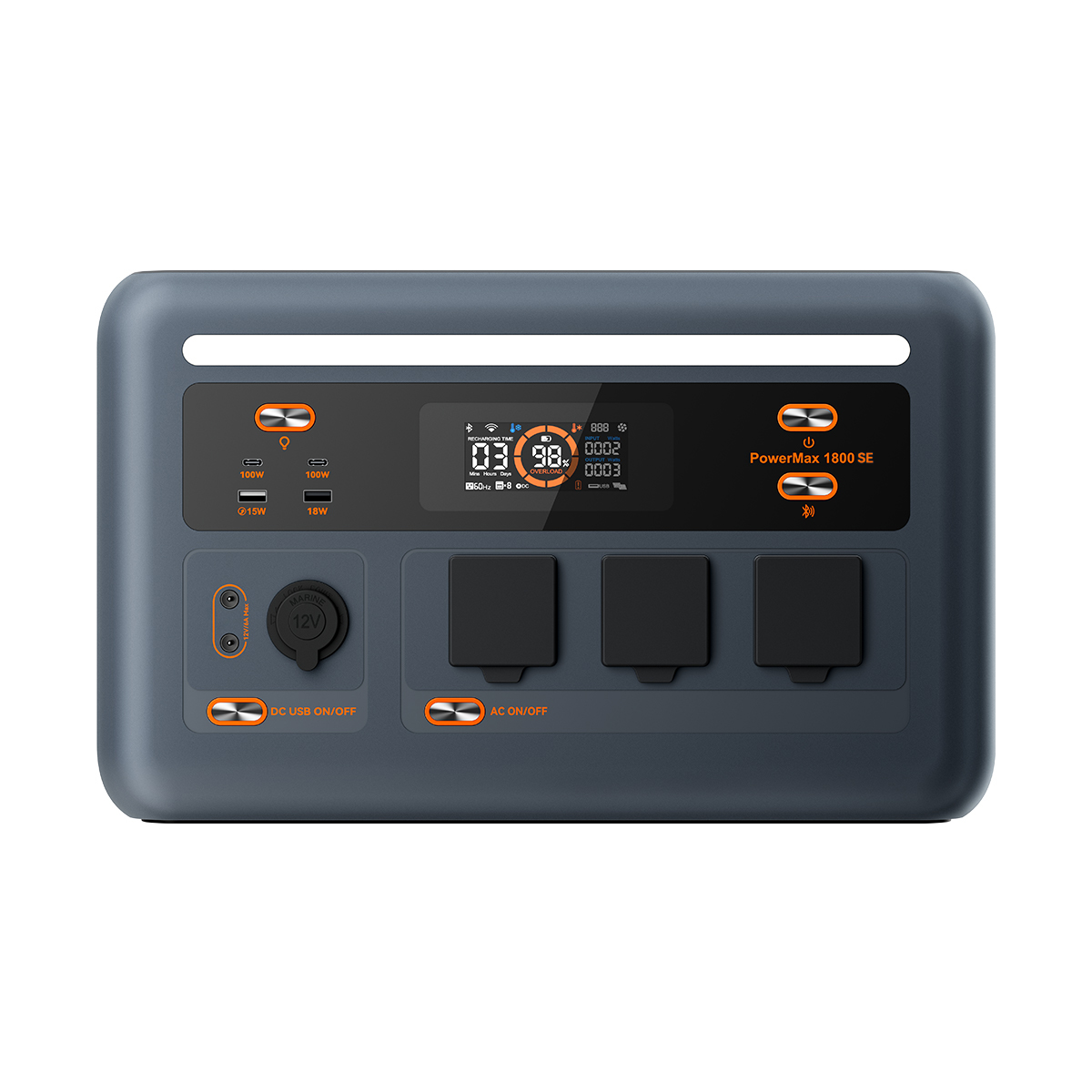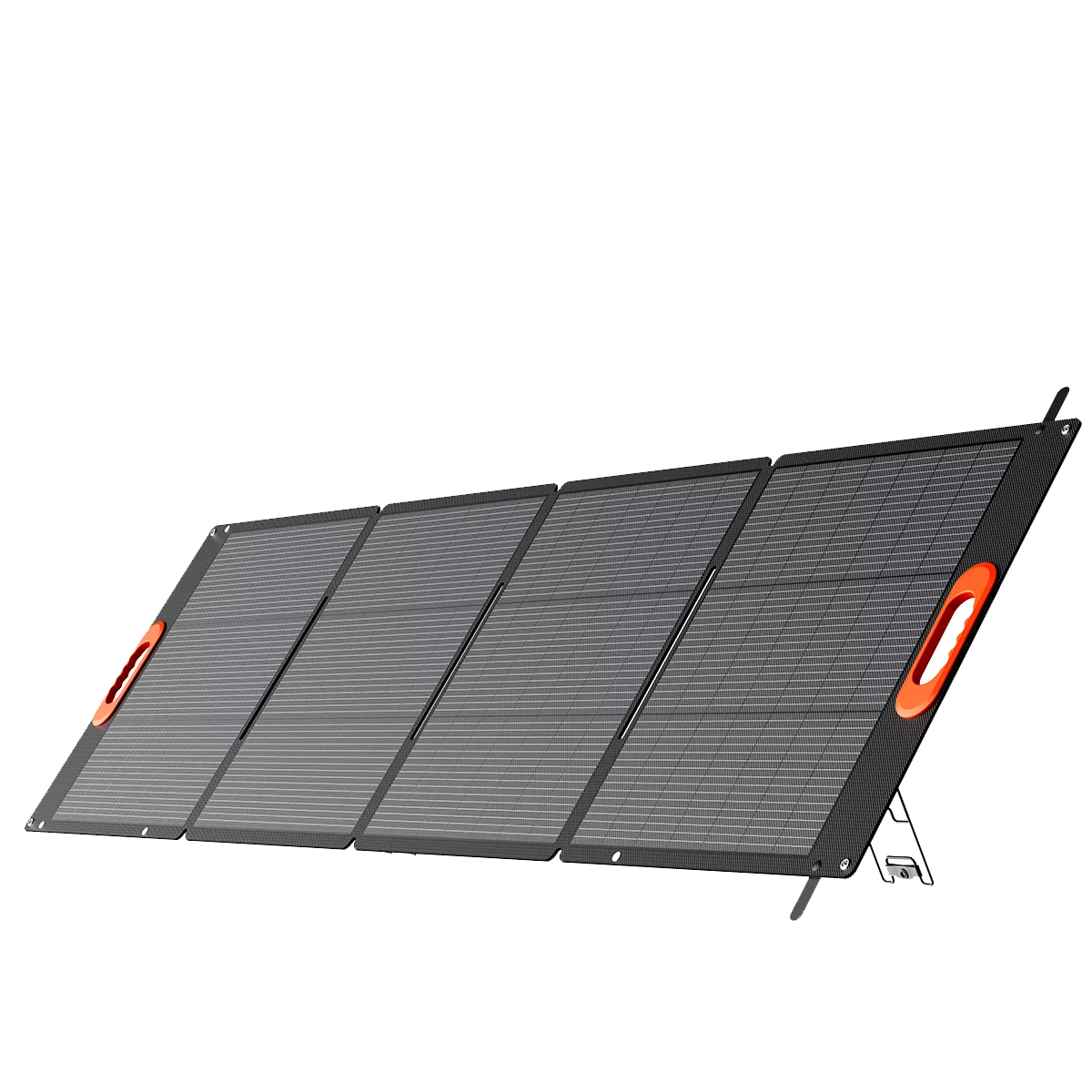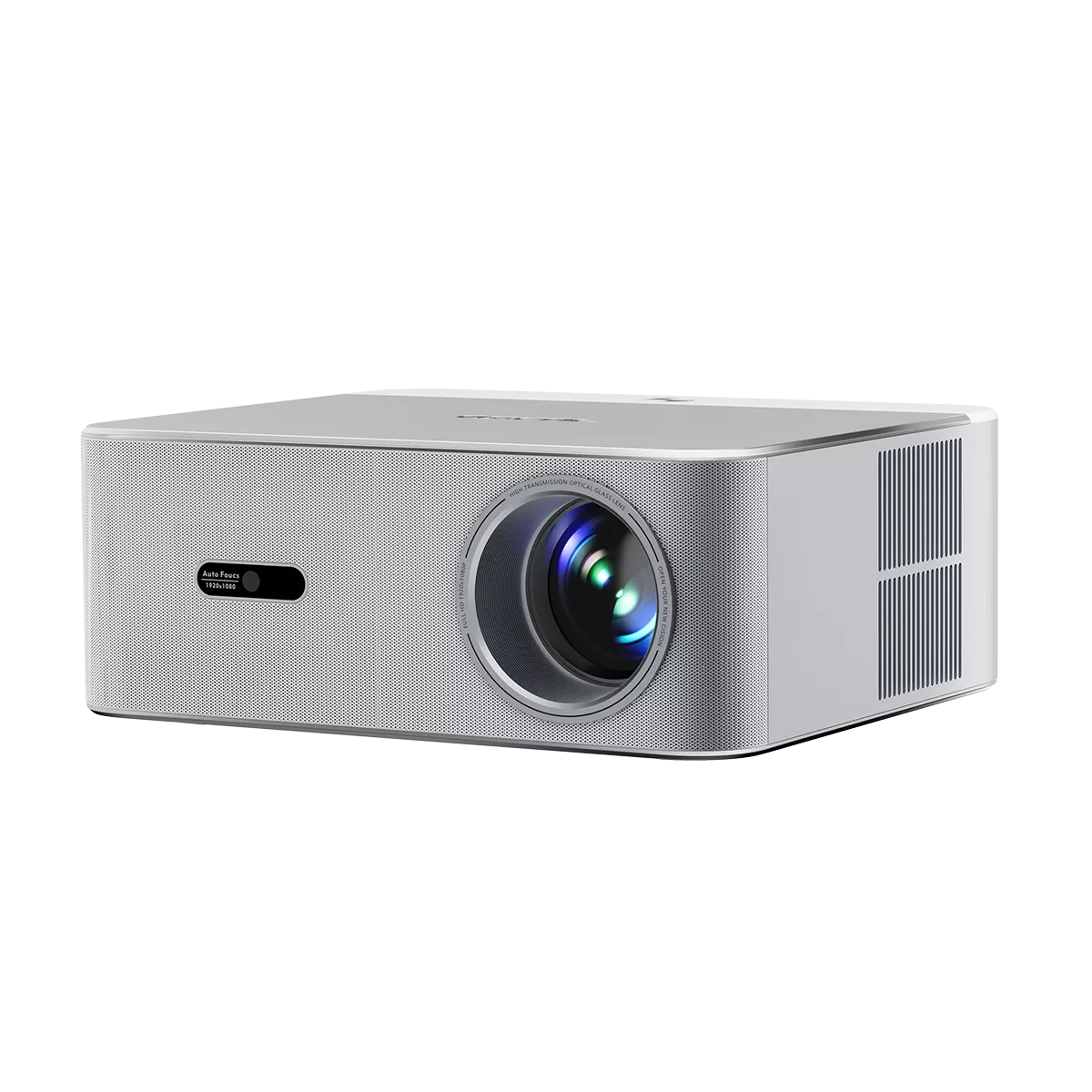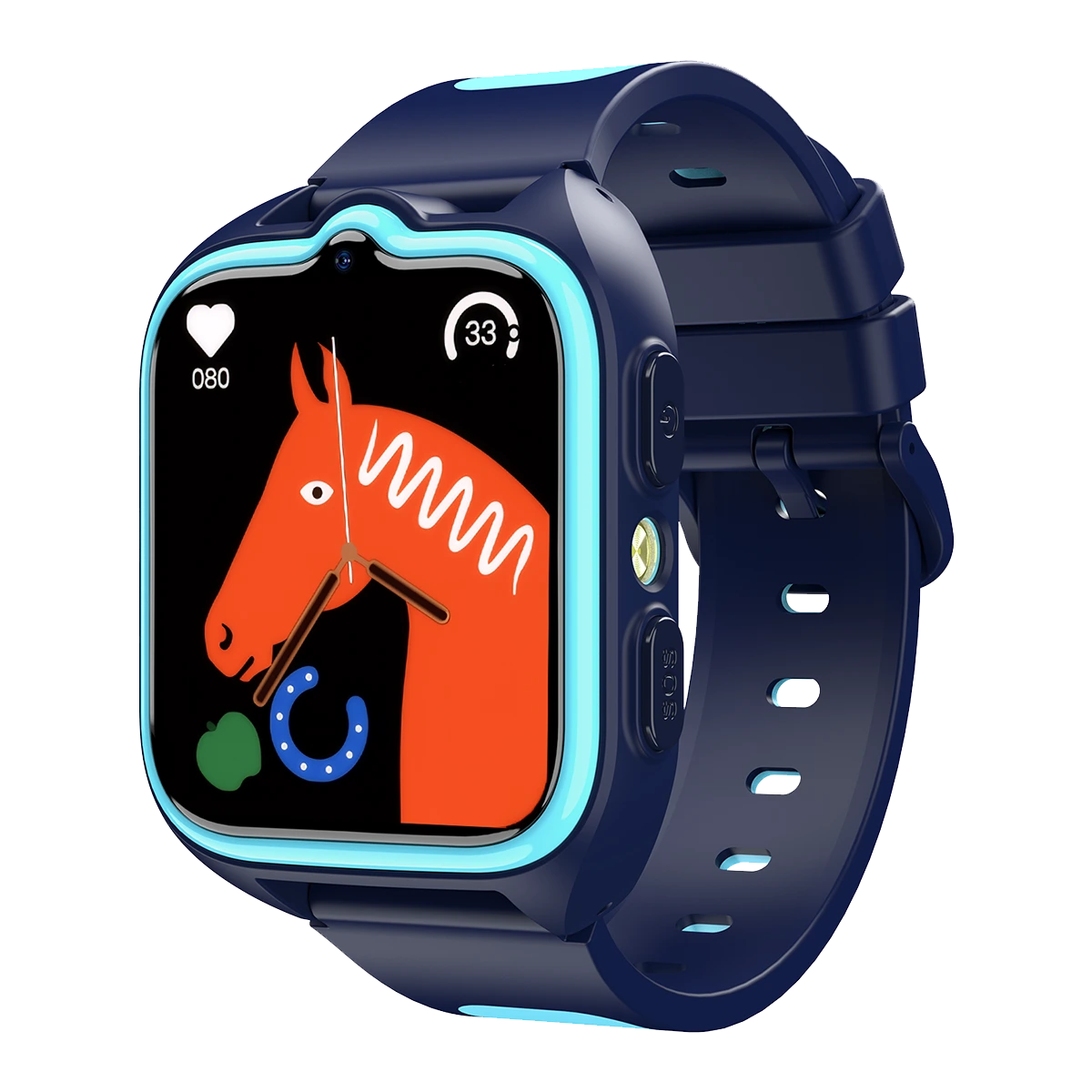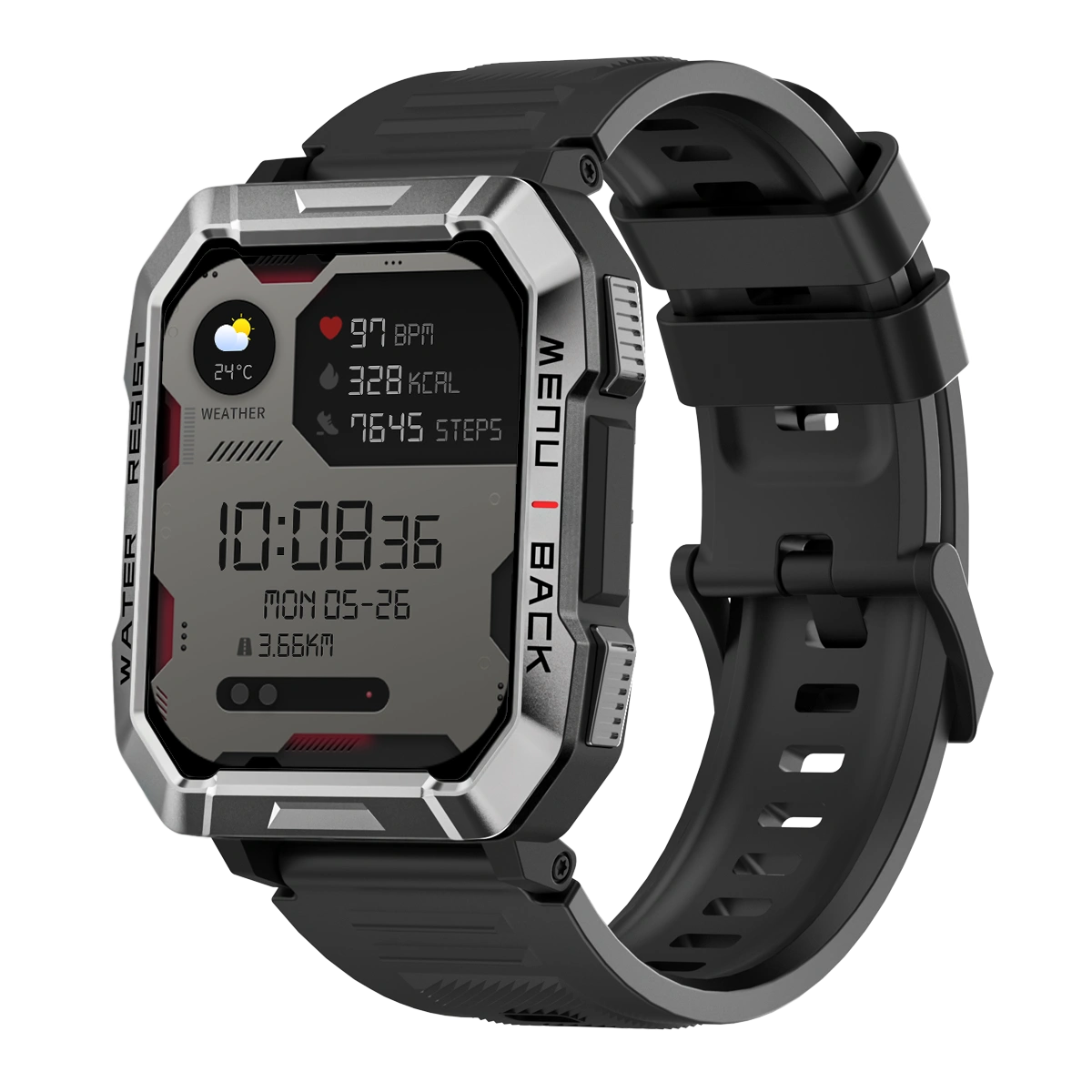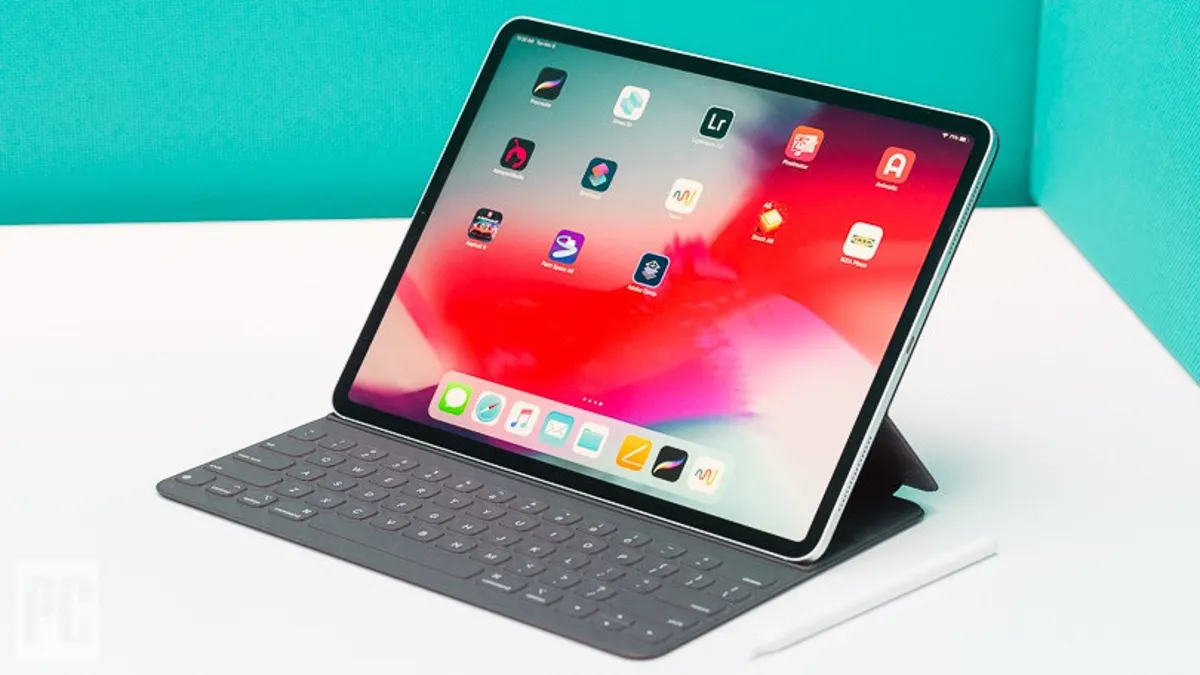Welcome to OSCAL (Well-known brand of rugged smartphone, tablet, and portable power station) blog. Hope this guide has been helpful.
Tablets come in various sizes, from compact 7-inch models to expansive 12-inch or larger screens. A common question among buyers is whether a larger screen directly translates to higher battery consumption. This guide explores the relationship between screen size and battery life, along with other factors that influence power usage.
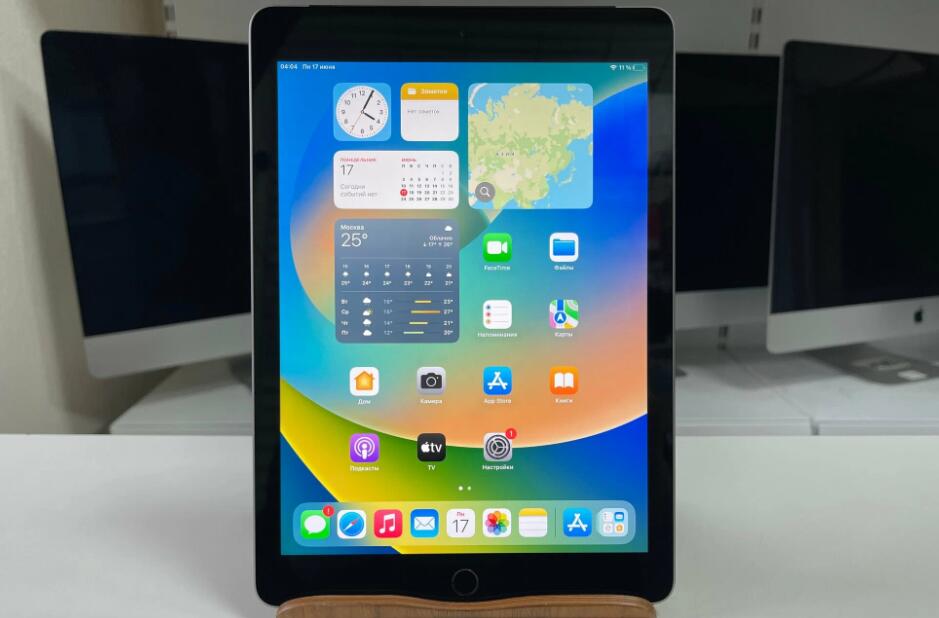
How Screen Size Affects Battery Consumption
Generally, a larger screen does consume more power, but the relationship isn't always linear or straightforward. Here's why:
- More Pixels to Power: Larger screens often have higher resolutions, requiring more energy to illuminate additional pixels.
- Backlight Intensity: Bigger displays need brighter backlights (or more LED zones in OLED panels) to maintain uniform brightness, increasing power draw.
- Touch Sensor Area: Expanded touchscreen layers consume marginally more energy when active.
However, modern tablets use energy-efficient display technologies like OLED or Mini-LED that mitigate some of this impact.
Key Factors Beyond Screen Size
These elements often influence battery life as much as (or more than) screen size:
- Display Technology:
- OLED screens consume less power than LCD when showing dark content
- ProMotion/adaptive refresh rate displays save energy
- Battery Capacity: Larger tablets often have bigger batteries (measured in mAh) to compensate
- Processor Efficiency: A power-hungry chipset drains batteries faster than an efficient one
- Software Optimization: OS-level power management varies between manufacturers
- Usage Patterns: Video playback consumes more energy than reading e-books
Real-World Examples
Consider these comparisons (approximate values):
- 8-inch Tablet: 4500mAh battery | 6hrs video playback
- 10-inch Tablet: 7000mAh battery | 9hrs video playback
- 12-inch Tablet: 10000mAh battery | 10hrs video playback
Notice how manufacturers scale battery capacity with screen size to maintain runtime.
Power-Saving Tips for Large-Screen Tablets
Maximize battery life on bigger displays with these strategies:
- Enable auto-brightness or cap manual brightness at 60-70%
- Use dark mode (especially effective on OLED screens)
- Lower screen timeout to 30 seconds or less
- Disable unnecessary background app refresh
- Reduce motion and transparency effects in settings
- Consider a matte screen protector to reduce glare (allowing lower brightness)
When Screen Size Matters Most for Battery
You'll notice the biggest power differences when:
- Using maximum brightness consistently
- Watching HDR content (which requires peak brightness)
- Gaming at high frame rates
- Using the tablet outdoors frequently
Manufacturer Comparisons
Different brands handle the size-power balance differently:
- Apple iPad: Excellent optimization across sizes; larger Pros have efficient Mini-LED displays
- Samsung Galaxy Tab: AMOLED screens in premium models help offset size-related drain
- Blackview tablet: Excellent optimization across sizes
Conclusion
While larger tablet screens do consume more power in principle, modern design approaches often compensate through:
- Larger battery capacities
- Advanced display technologies
- Efficient processors
- Smart power management
The actual battery life difference between an 8-inch and 12-inch tablet may be less dramatic than expected. When choosing, prioritize your usage needs - content creators may benefit from larger screens despite slightly higher power demands, while casual users might prefer compact efficiency.




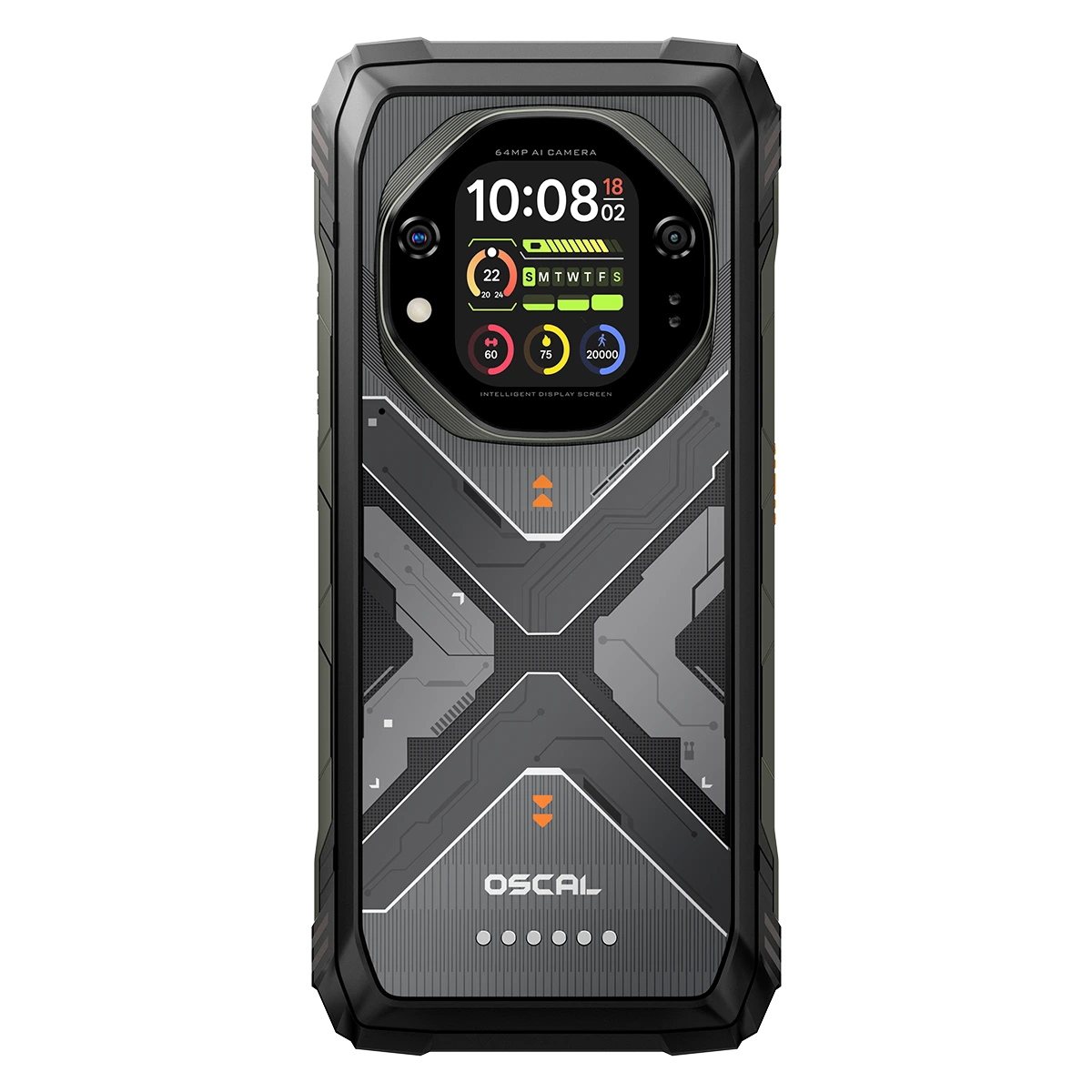











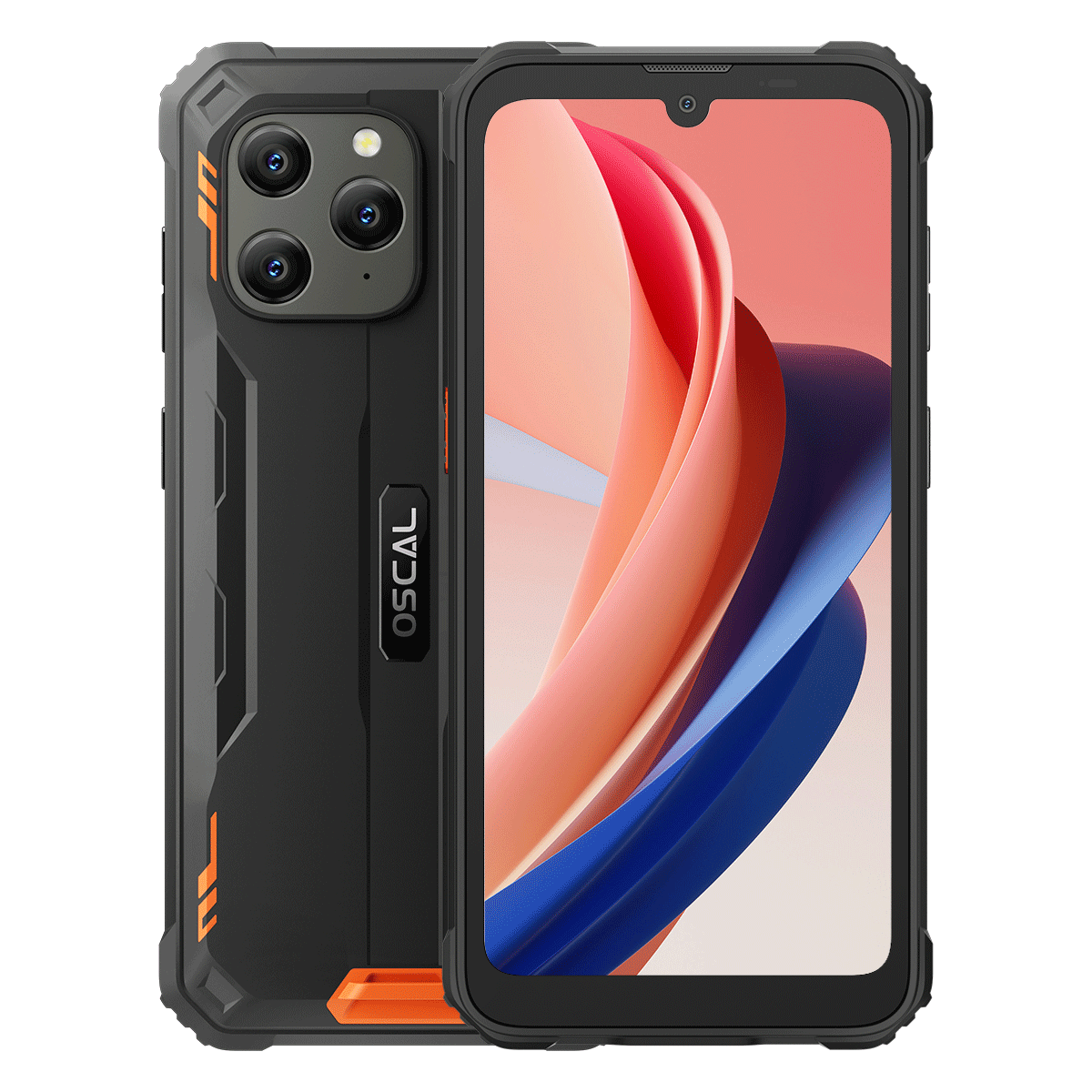

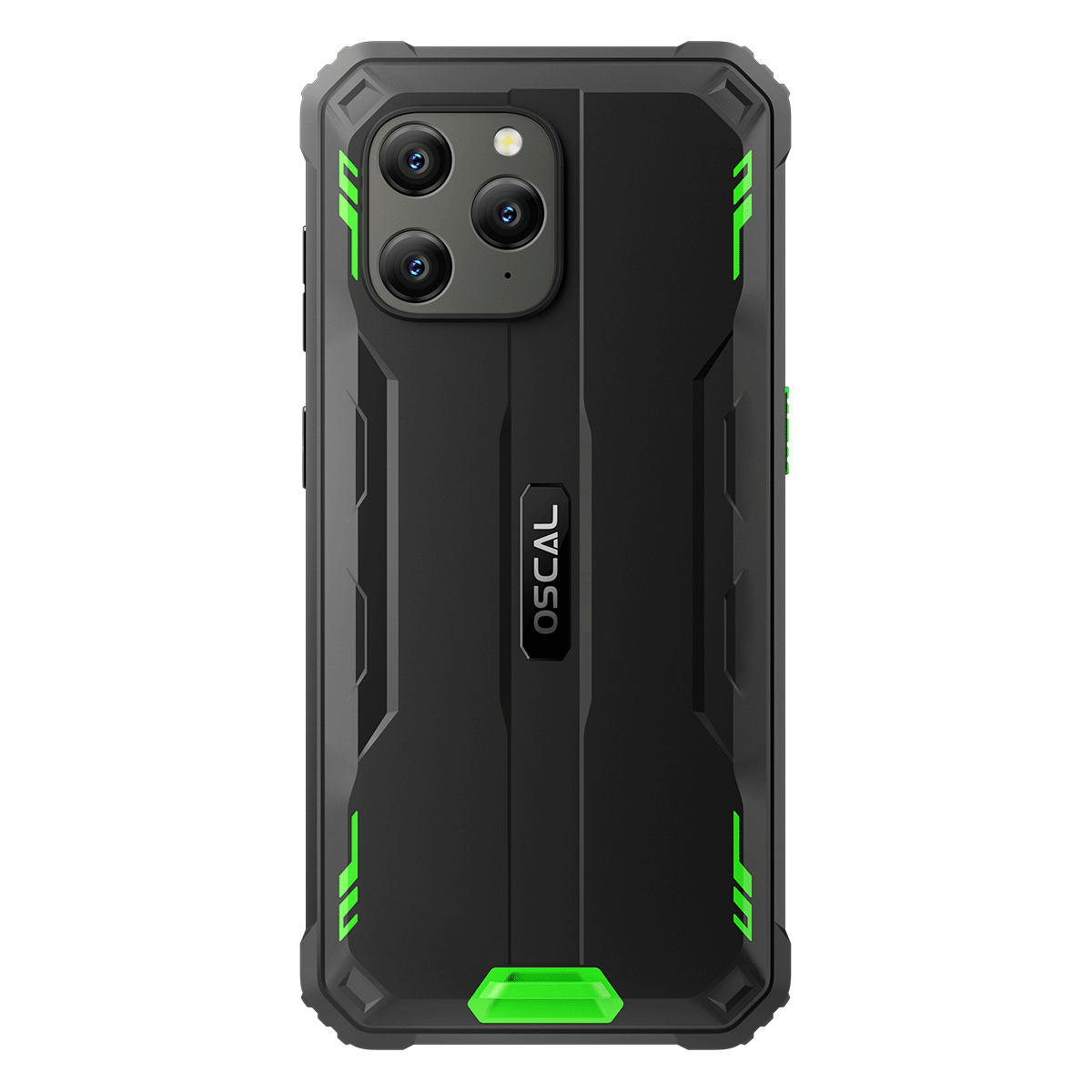












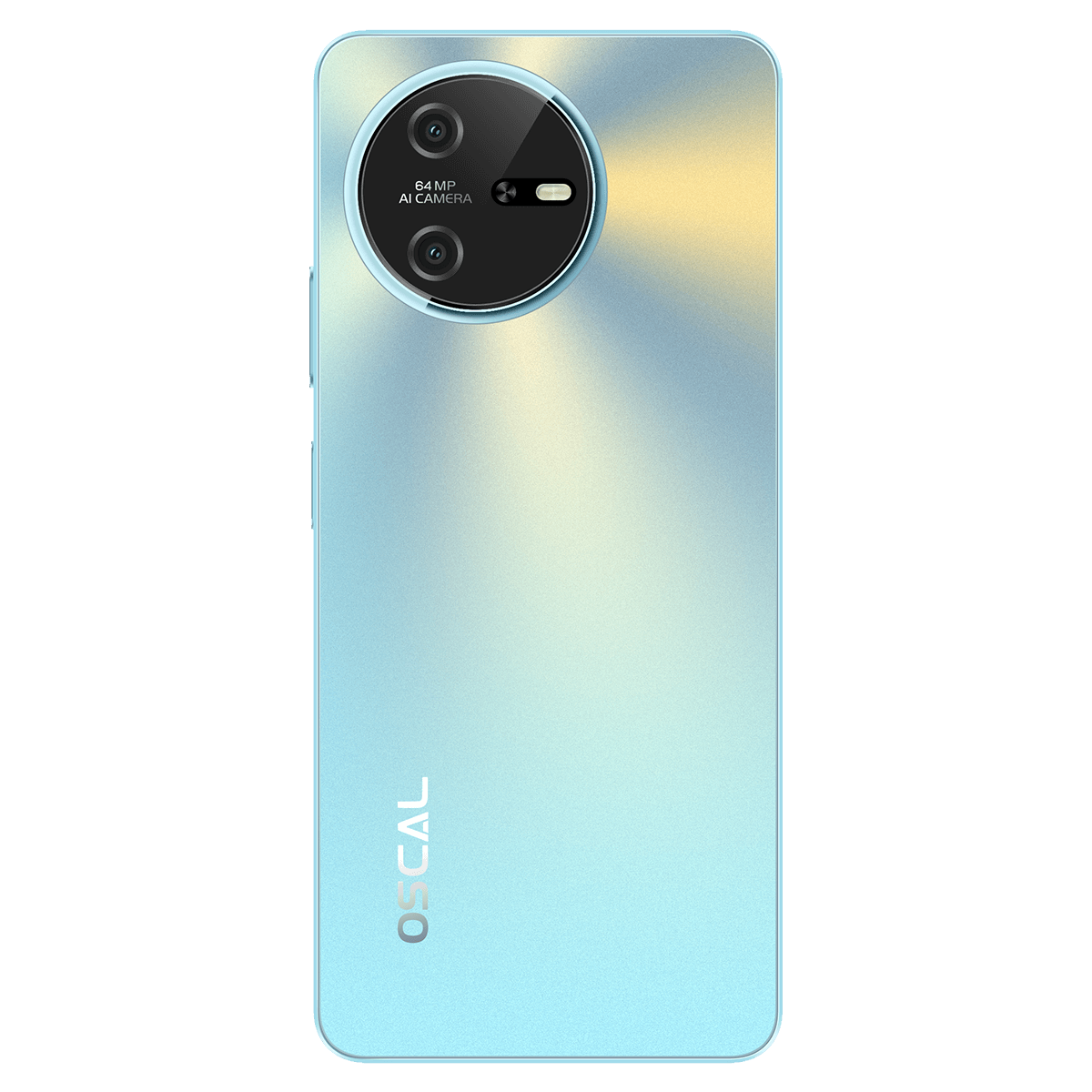
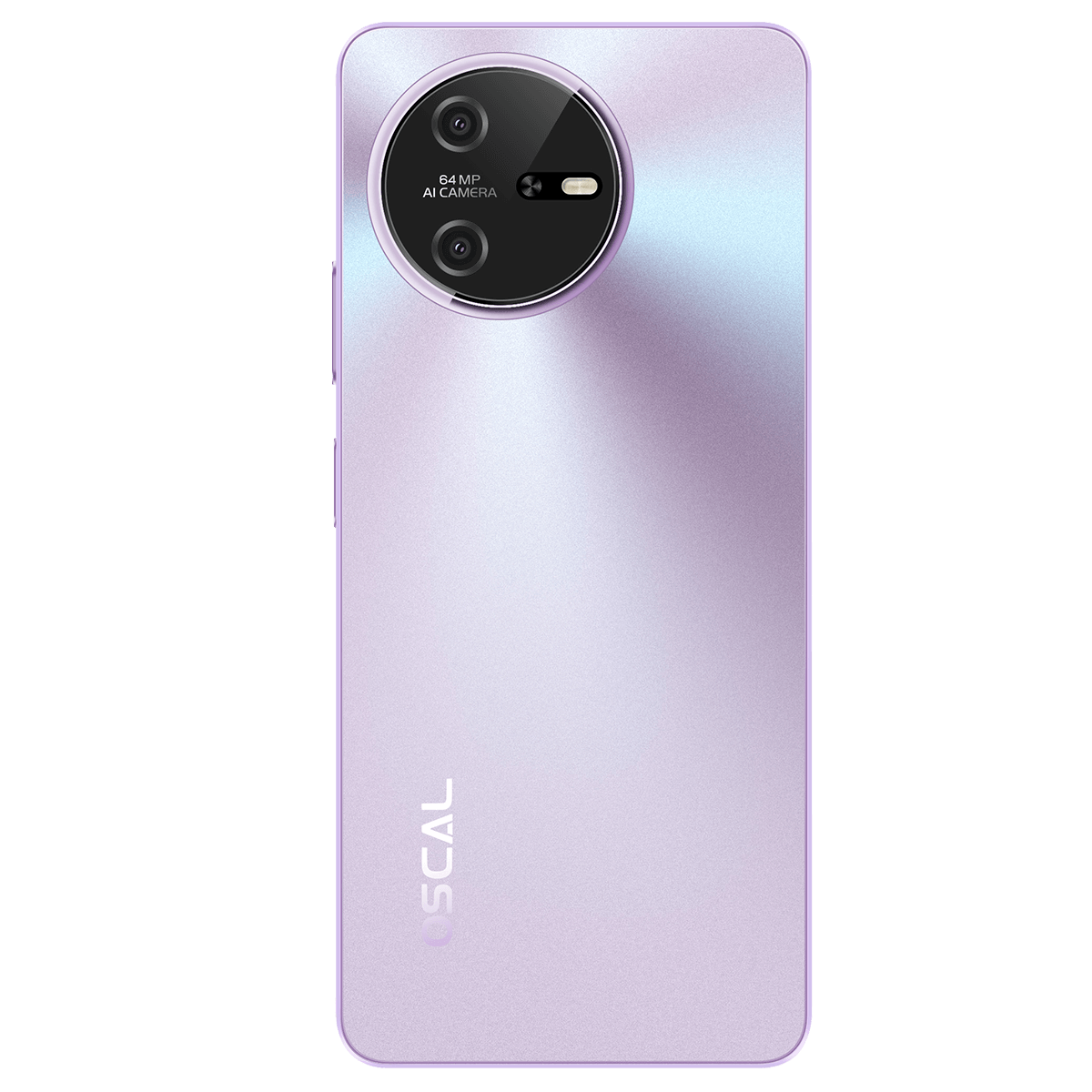
























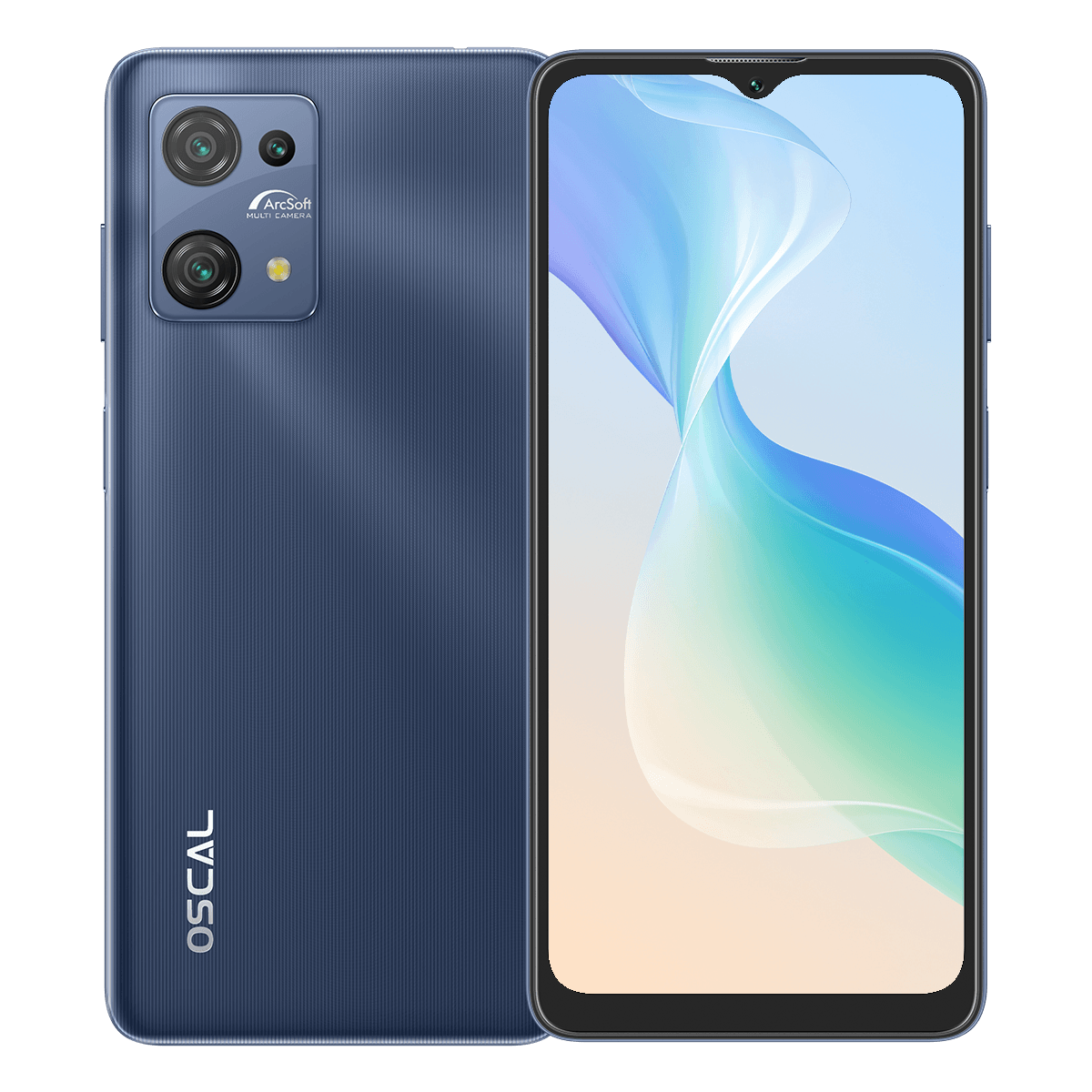






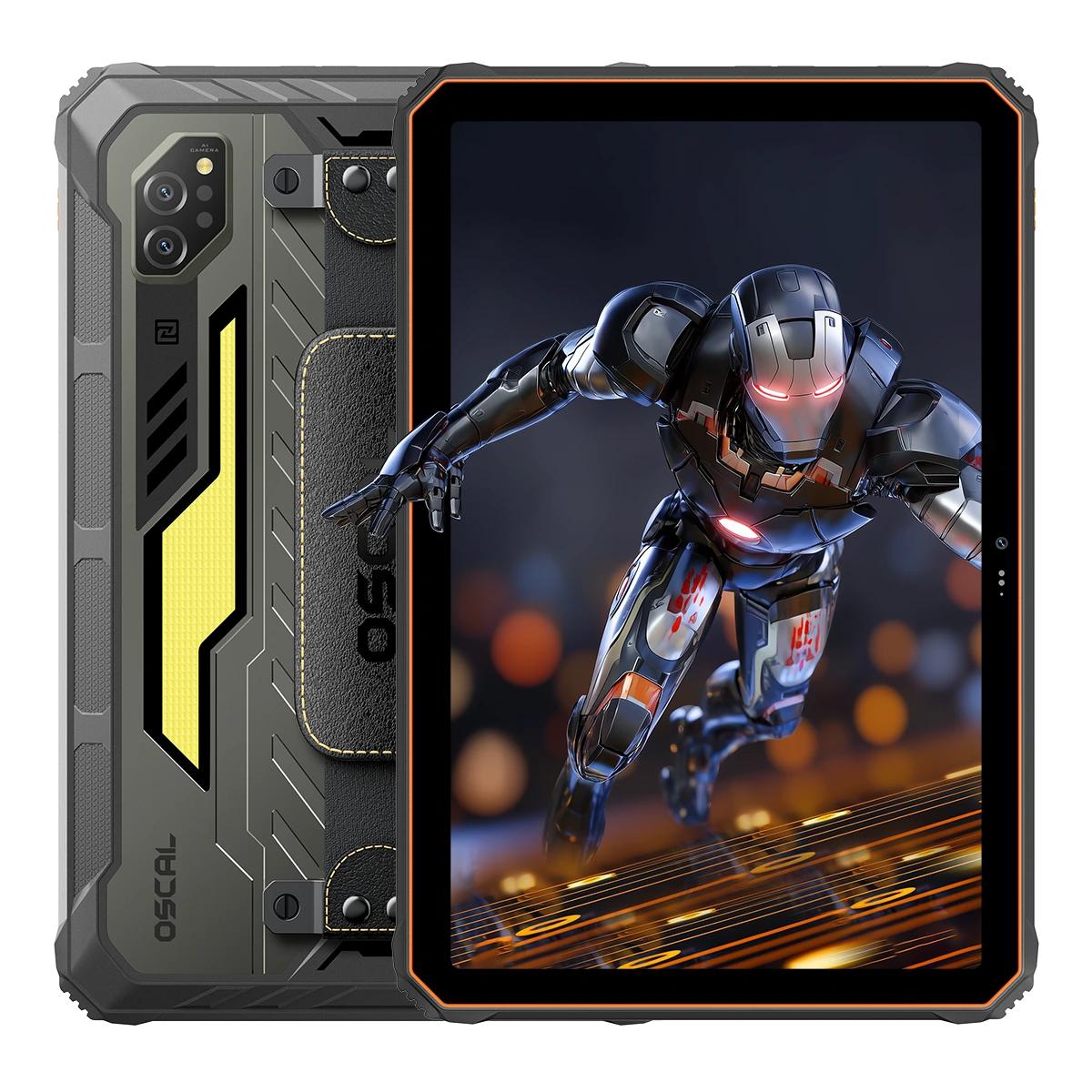


 (1)-20251204034946188.jpg)
